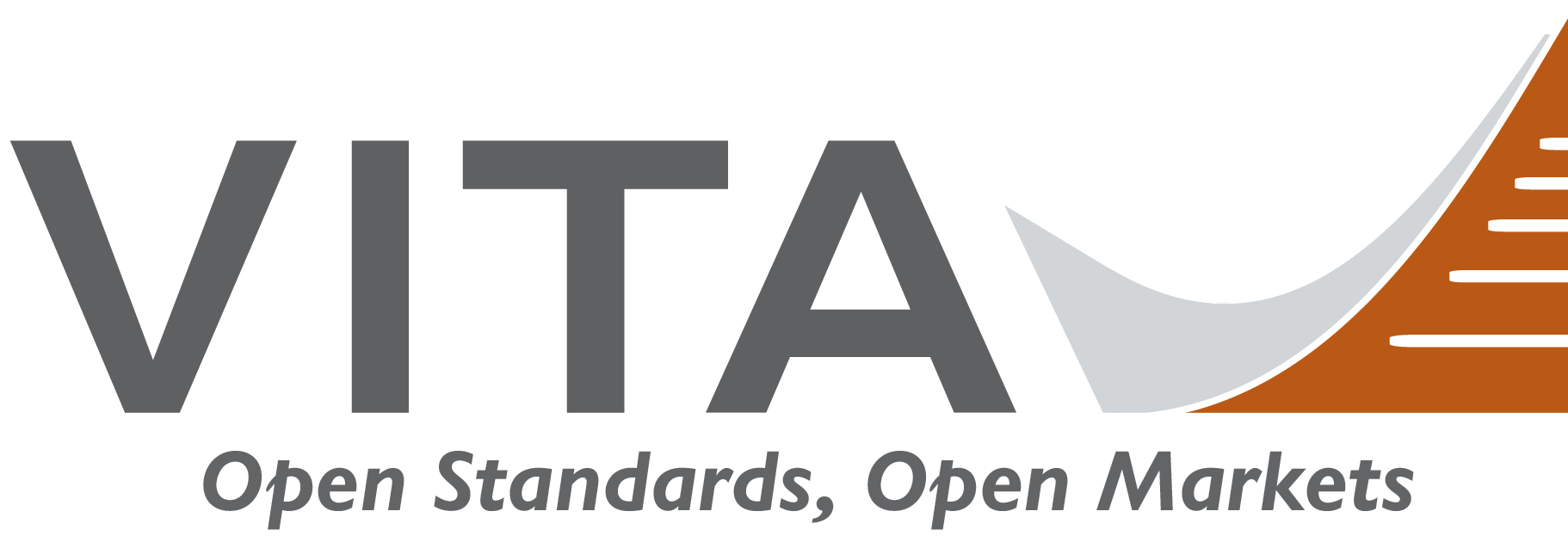Vi-ta [vee-tuh] | Critical Embedded Systems are everywhere . . . Become a leader in setting new directions! |
Overview of VITA 49 VITA Radio Transport
V49a is a specific implementation of V49.0 and therefore it shows how certain field selections are made and why.
VITA 49A-2015 (R2021)
This document specifies an interoperability specification that is applicable to spectrum-survey applications. It is intended to foster high-throughput and adaptable processing in a large-scale environment. It specifically considers the needs of devices based around 32-/64-bit general-purpose processors (GPP) and FPGAs that utilize Internet Protocol (IP) as the underlying transport between processing devices.
VITA 49.0-2015 (R2021)
The VITA Radio Transport (VRT) standard defines a transport-layer protocol designed to promote interoperability between RF (radio frequency) receivers and signal processing equipment in a wide range of applications. These include spectral monitoring, communications, radar, and others. In support of this variety of applications, the VRT protocol provides a variety of formatting options that allow the transport layer to be optimized for each application. VRT also enables high-precision timestamping to provide time synchronization between multiple receiver channels.
VITA 49.1-2015 (R2021)
This document describes an open standard for an optional encapsulation protocol for VITA-49.0 (VRT) packets.
VITA 49.2-2017
The ANSI/VITA 49.2 standard, which is part of the VITA Radio Transport (VRT) family of standards, defines a signal/spectrum protocol that expresses spectrum observation, spectrum operations, and capabilities of RF devices. This is done independent of manufacturer, equipment type, point of use in an architecture and application. The intent of the VRT protocol is to enable RF systems to migrate from proprietary stove-pipe architectures to interoperable multi-function architectures.
